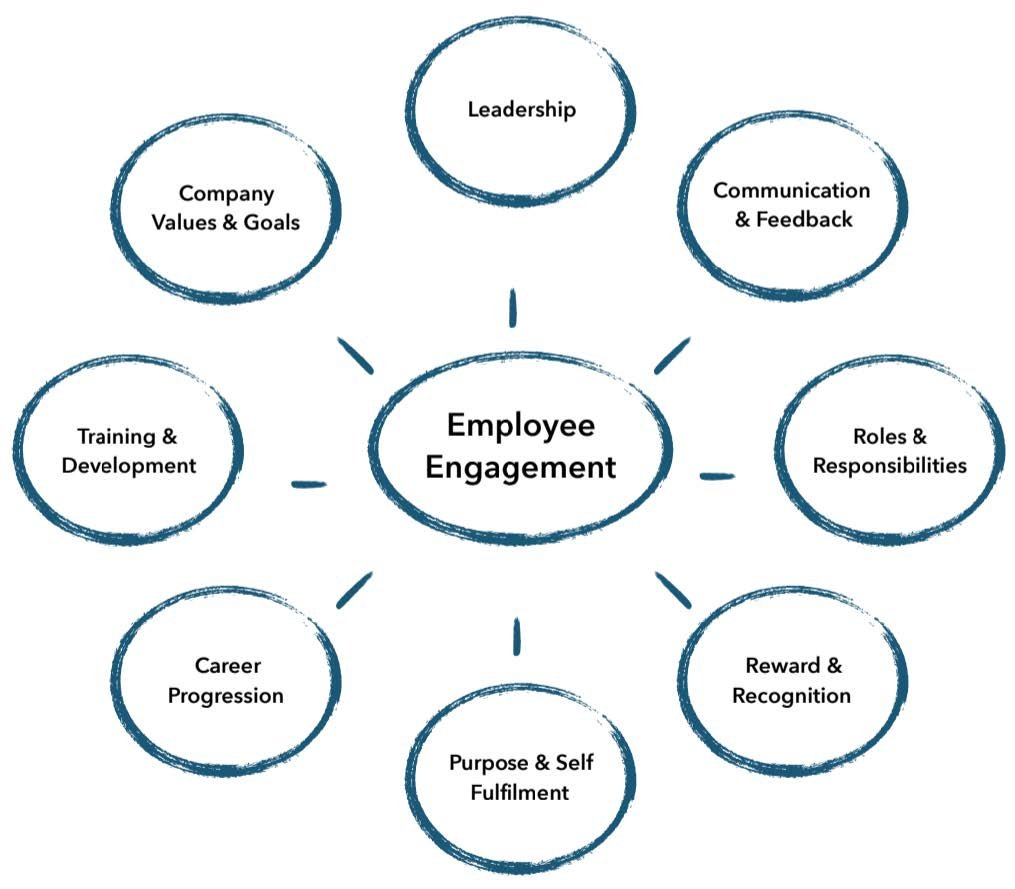8 Proven Drivers of Employee Engagement – and How Great Leaders Leverage Them
Employee engagement has become a central focus for organisations aiming to boost performance, reduce turnover, and build high-performing cultures. But despite its importance, many leaders still find it hard to define, let alone influence it.
At T2 - The People Performance People, we’ve worked with hundreds of organisations across multiple sectors, and here’s what we know: employee engagement isn’t just one thing, it’s a combination of many. That’s why it can feel intangible…until you break it down.
Through our research and hands-on work with teams, we’ve identified the 8 core factors that consistently affect whether a person feels engaged or disconnected at work.
The 8 Key Drivers of Employee Engagement
1. Leadership
There’s no surprise here: leadership is the number one driver of engagement. People don’t leave organisations — they leave leaders.
When employees feel supported, trusted, and heard by their manager, they’re more likely to show up, speak up, and stay invested. Trust, consistency, and transparency matter more than charisma.
2. Communication & Feedback
Poor communication is one of the fastest ways to lose trust and engagement. Employees need two-way communication: clear updates, honest feedback, and space to voice their thoughts. Praise in public, coach in private, and never leave people guessing.
3. Roles & Responsibilities
Engagement drops quickly when roles are vague.
When people don’t know what’s expected of them or how success will be measured, they disengage. Clarity = confidence.
A clear job description and KPIs, regular check-ins, and shared goals all help align effort with outcomes.
4. Reward & Recognition
Recognition is not a ‘nice to have’ — it’s essential.
Whether it’s a simple “thank you” or a structured reward system, people need to feel that their efforts are seen and valued. And it’s not always about money — meaning, appreciation and visibility can go a long way too.
5. Purpose & Self-Fulfilment
People need to feel like their work matters, both to the organisation and themselves.
Leaders who take time to understand what motivates each employee build deeper commitment and performance. Purpose doesn’t come from posters on a wall — it comes from conversations.
6. Career Progression
Not everyone wants to climb the ladder, but most want to know there’s somewhere to grow.
Clear progression pathways help people visualise their future and stay motivated in the present. When progression is invisible, engagement drops.
7. Training & Development
Investment = value.
When people feel they’re being invested in, they feel valued, and that drives retention. Ongoing learning opportunities, coaching, and stretch assignments all tell your team: you matter, and we’re backing you.
8. Company Values & Goals
When your people understand the “why” behind the work, they connect to something bigger than the task list. We call this the Flag on the Hill: when company purpose aligns with personal purpose, people go the extra mile — not because they have to, but because they want to.
Why This Matters for Performance
Engagement isn’t just about happiness. It’s about commitment, energy and contribution. Engaged employees take more initiative, deliver higher quality work, collaborate better and stay longer.
If you want to increase performance, you must first increase engagement, and that starts with these 8 factors. Whether it's through leadership training, engagement workshops, or tailored development programmes, we help organisations and HR leaders unlock people performance every day.
Want to learn more about our engagement work?
Get in touch with us or explore our leadership development services :
👉 www.trans2performance.com



